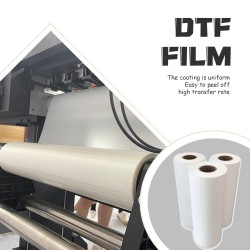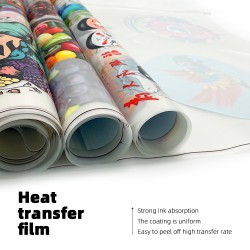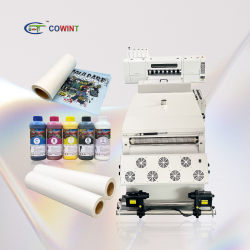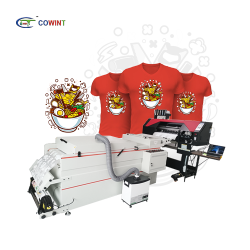Reactive dyes are the most commonly used dyes in cotton dyeing, and their consumption is also on the rise, and this trend is expected to remain in the next few years. Reactive dyes are popular because of their moderate price, high color yield, and suitable color fastness. Its only disadvantage is the hydrolysis of dyes
The meaning of hydrolysis
Usually dyes are fixed on cotton under alkaline conditions, and this alkalinity promotes the reaction of the dye with water, causing it to deactivate. Deactivated dyes, i.e. hydrolyzed dyes, cannot react with the cotton, resulting in a considerable loss of the dye. The hydrolyzed dyes physically adhere to the substrate until they are removed during the washing process, thus causing wash fastness problems. In addition, hydrolyzed dyes also flow into waste liquids, resulting in increased pollution loads.
Reactive dyes dye cellulose fiber substrates in three stages:
Dyeing in a neutral medium with salt or Yuanming powder.
The dyeing dye is fixed after adding alkali, and a covalent bond is formed between the dye and the fiber.
Thoroughly wash away loosely adhering dyestuffs on or in fabrics.
The third stage mentioned above is very necessary. This is because most of the reactive dyes in the dyebath are dyed with fibers, and some of them react with water under alkaline conditions, losing their reactivity with fibers, and thus have low affinity with fibers. If this step is not performed properly, due to the existence of hydrolyzed dyes, the washing fastness of the dyed product will be poor; while the dyes that react with the fibers will have high washing fastness.
The reaction of reactive dyes with water is not the only factor affecting the yield of dyeing. The application performance of the dye is also closely related to the following factors, such as the storage stability of the dye, the stability of the padding solution or printing paste, and the change of the reactive dye concentration in the dye formulation during thermal dissolution.
The hydrolytic decomposition of dyes occurs from the moment of manufacture and continues during drying and grinding. The degree of dye hydrolysis depends on the reactive groups and chromophores in its molecule.
Hydrolyzed dyes are only the unstable atoms or groups in the original reactive dyes are replaced by hydroxyl groups, and their diffusion and adsorption properties are very similar to the original reactive dyes, so it is easy to diffuse into the fiber and adsorb on its surface.
At the end of the alkaline dyeing stage, when the reactive dyes react with water or fibers and are completely consumed, a new balance is established, that is, the distribution balance of hydrolyzed dyes in the fiber and the dyebath. The partitioning of reactive dyes in neutral solutions is similar. At this stage, the fibers contain a large amount of chemically bound dyes.
In order to obtain dyed products with high wet fastness, hydrolyzed dyestuffs must be removed from the fibers during the final water wash. In the dyeing of reactive dyes, about 70% of the dyes are fixed on the fiber on average, and the rest are wasted by hydrolysis, and at least 30% of this part of the dyes are used.
In the actual reaction system, there are many factors that affect the hydrolysis rate of reactive dyes, such as dye bath pH, temperature, dye concentration and electrolyte concentration.
(1) The influence of the pH value of the dye bath By studying the relationship between the pH value of the medium and the degree of cellulose dissociation, it was found that the alkali concentration could not be increased, so that the pH value of the solution exceeded 10-11. Because, at this time, all the accessible hydroxyl groups in the cellulose are ionized, and increasing the pH value will only lead to its hydrolysis.
(2) Influence of temperature Increasing the temperature will lead to increased hydrolysis of reactive dyes.
(3) Effect of dye concentration Increasing the concentration of reactive dye in the solution will promote its coagulation, thereby reducing the hydrolysis rate.
(4) Effect of electrolyte concentration The higher the electrolyte concentration in the dye bath, the more dyes are hydrolyzed.
"The study found that the reactivity of reactive dyes with water is also related to the chromophore in the dye molecule, because the chromophore will affect the electron cloud density of the reaction center. If an anion group is formed in the chromophoric system, the reaction center's The electron cloud density increases, thereby reducing the reactivity of reactive dyes with water.
 +8615820889696
+8615820889696 Info@cowint.com
Info@cowint.com













